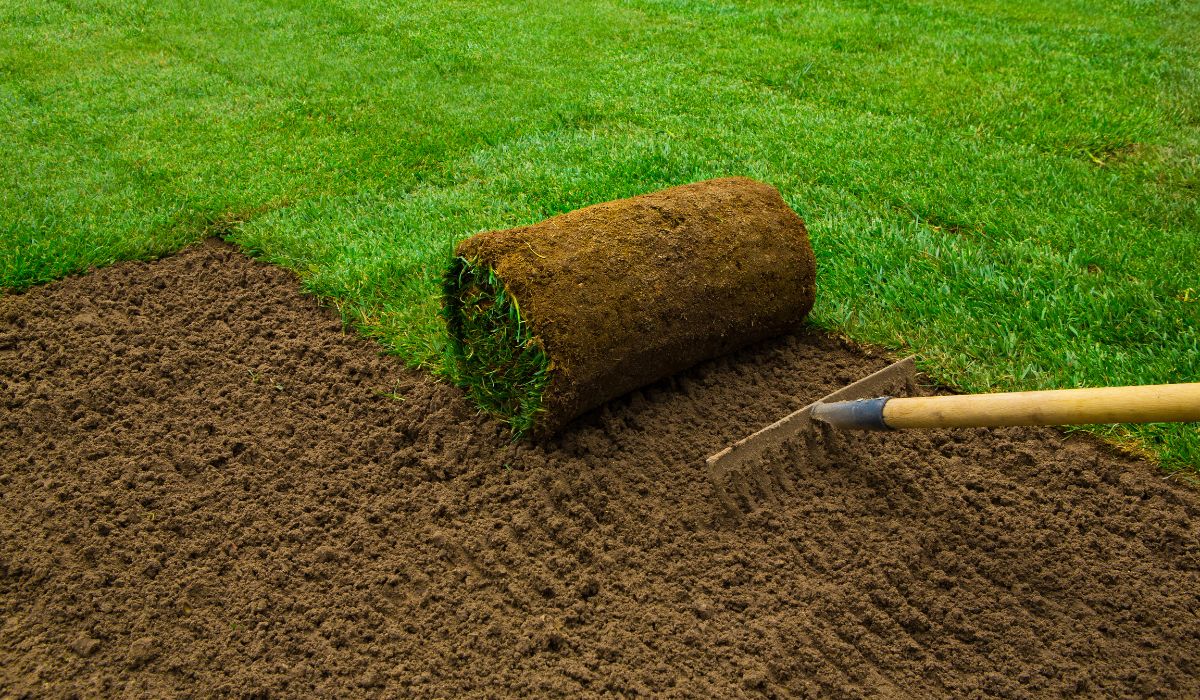When it comes to achieving a beautiful, vibrant lawn that can handle heat and drought with ease, TifTuf® Bermuda Sod stands out as a premium choice. Developed by the University of Georgia, this grass variety is known for its resilience, exceptional drought tolerance, and stunning green appearance. But like any turfgrass, maintaining its beauty and performance requires proper care. Whether you're installing new TifTuf® Bermuda Sod or managing an established lawn, following a thoughtful maintenance routine is essential.
In this article, we’ll explore expert tips and seasonal advice for caring for TifTuf® Bermuda Sod to ensure your lawn remains lush and long-lasting year-round.
What Makes TifTuf® Bermuda Sod Unique?
Before diving into the care tips, it’s important to understand what sets TifTuf® Bermuda Sod apart from other warm-season grasses:
- Drought Resistance: TifTuf® uses 38% less water than other Bermuda varieties while maintaining excellent color and density.
- Rapid Establishment: It establishes quickly after installation, which means less waiting time for a fully rooted lawn.
- Superior Wear Tolerance: Great for high-traffic areas, it recovers quickly from damage.
- Shade Tolerance: More shade-tolerant than other Bermuda varieties, though it still prefers at least 4–6 hours of direct sunlight daily.
- Environmentally Friendly: Requires less irrigation and fertilizer, making it an eco-conscious choice.
Now, let’s look at how to care for your TifTuf® Bermuda Sod throughout the year.
1. Installation Tips for Success
Proper installation sets the foundation for long-term lawn health. When laying TifTuf® Bermuda Sod, follow these steps:
- Soil Preparation: Clear the area of debris, weeds, and rocks. Till the soil and amend it with organic material if needed.
- Grading: Ensure proper drainage by grading the soil slightly away from buildings.
- Watering Before Installation: Lightly water the soil before laying sod to promote root contact.
- Tight Seams: Lay sod pieces tightly together in a brick-like pattern.
- Roll the Sod: Use a lawn roller to ensure good root-to-soil contact.
- Water Immediately: Water the sod within 30 minutes of installation. The first watering should thoroughly soak the soil beneath the sod.
2. Watering Schedule
TifTuf® Bermuda Sod is designed to thrive with less water, but watering is critical during the first few weeks after installation.
Initial Watering (First 14 Days)
- Frequency: Water daily for the first 10–14 days.
- Goal: Keep the sod and topsoil consistently moist to encourage root establishment.
Post-Establishment Watering
- After two weeks, reduce watering to 2–3 times per week.
- Monitor the lawn and water only when signs of stress appear (e.g., dull color, wilted blades).
Remember: With its high drought tolerance, TifTuf® Bermuda Sod requires less water once fully established, making it a water-wise choice for regions with irrigation restrictions.
3. Mowing Practices
Mowing is a key part of lawn care, and it starts once your TifTuf® Bermuda Sod is well-rooted—typically within 2–3 weeks after installation.
Best Practices:
- Mow Height: Maintain a height between 0.5 to 2 inches.
- Frequency: Mow at least once a week during the growing season.
- Mow Sharp: Use a sharp mower blade to avoid tearing grass blades.
- Follow the One-Third Rule: Never cut more than one-third of the blade length in a single mow.
Consistent mowing helps your TifTuf® Bermuda Sod stay dense and prevents weeds from taking hold.
4. Fertilizing for Growth
Feeding your TifTuf® Bermuda Sod with the right nutrients will help it remain lush and healthy throughout the growing season.
Fertilization Tips:
- When to Fertilize: Begin fertilizing 4–6 weeks after installation.
- Type of Fertilizer: Use a balanced lawn fertilizer (e.g., 16-4-8 or similar) during spring and summer.
- Frequency: Fertilize every 6–8 weeks during active growth (late spring through early fall).
- Avoid Over-Fertilizing: Too much nitrogen can cause thatch buildup or disease.
A soil test can provide a clear picture of your lawn's nutritional needs, allowing you to fine-tune your fertilization plan for optimal results.
5. Weed and Pest Control
TifTuf® Bermuda Sod forms a dense carpet that naturally suppresses weeds, but it still benefits from proactive pest and weed management.
Weed Control:
- Pre-Emergent Herbicides: Apply in early spring and fall to prevent weeds like crabgrass and goosegrass.
- Post-Emergent Control: Spot treat visible weeds with a selective herbicide safe for Bermuda grass.
Pest Monitoring:
Common pests such as armyworms, grubs, and sod webworms can affect TifTuf® Bermuda Sod lawns. Keep an eye out for unusual browning or thinning and consult a lawn care professional if you suspect pest activity.
6. Aeration and Thatch Management
Aeration allows water, air, and nutrients to reach the roots, while dethatching prevents a buildup of organic matter that can smother the grass.
- Aerate Annually: Core aeration is best done in late spring or early summer.
- Thatch Control: If thatch exceeds 0.5 inches, consider dethatching in the growing season.
These practices rejuvenate your TifTuf® Bermuda Sod and promote vigorous, healthy growth.
7. Seasonal Care Tips
Spring:
- Begin mowing and watering as temperatures rise.
- Apply pre-emergent weed control and your first fertilizer.
Summer:
- Water deeply and less frequently.
- Continue mowing and fertilizing every 6–8 weeks.
Fall:
- Apply a final fertilizer in early fall.
- Reduce mowing frequency as growth slows.
Winter:
- TifTuf® Bermuda Sod enters dormancy in cooler climates.
- Avoid heavy foot traffic and water only during extended dry periods.
Conclusion
Caring for TifTuf® Bermuda Sod doesn’t have to be complicated. With its low water needs, fast establishment, and excellent wear resistance, it's one of the most forgiving and sustainable turfgrass choices available today. By following the care tips outlined above—watering wisely, mowing regularly, feeding appropriately, and managing weeds and pests—you can enjoy a lush, long-lasting lawn that stands the test of time.





Comments